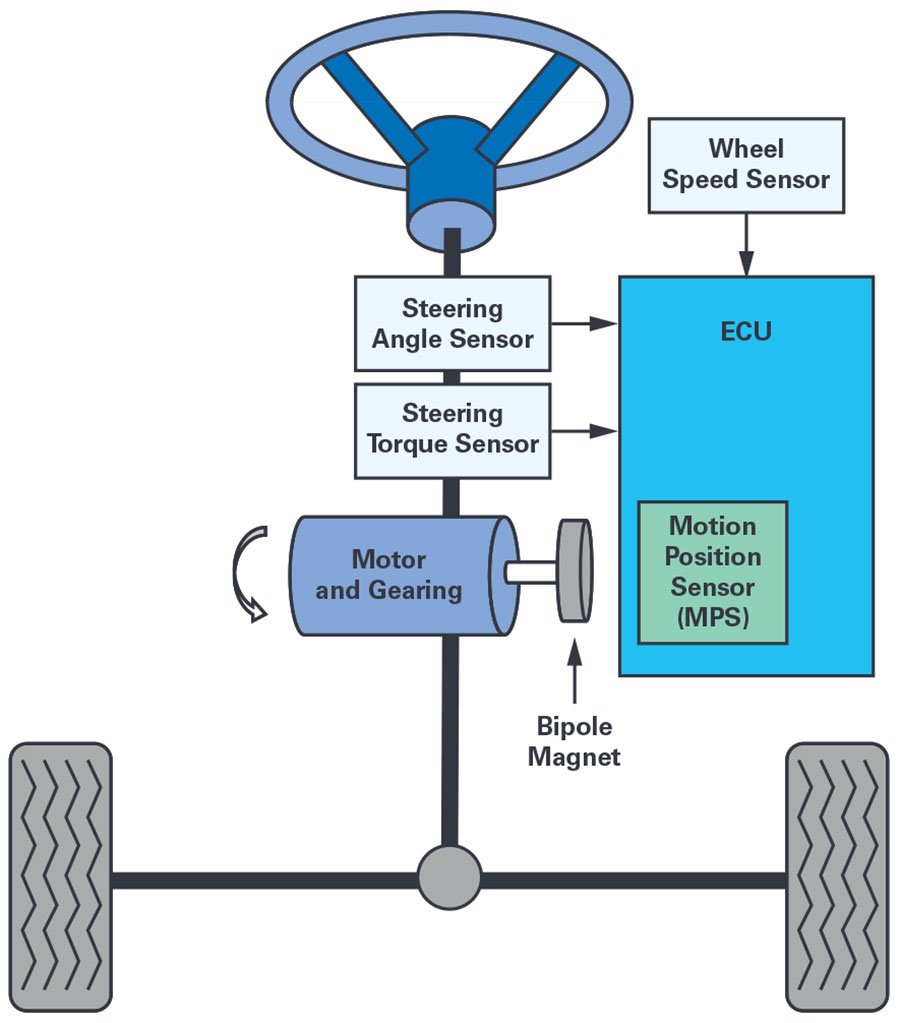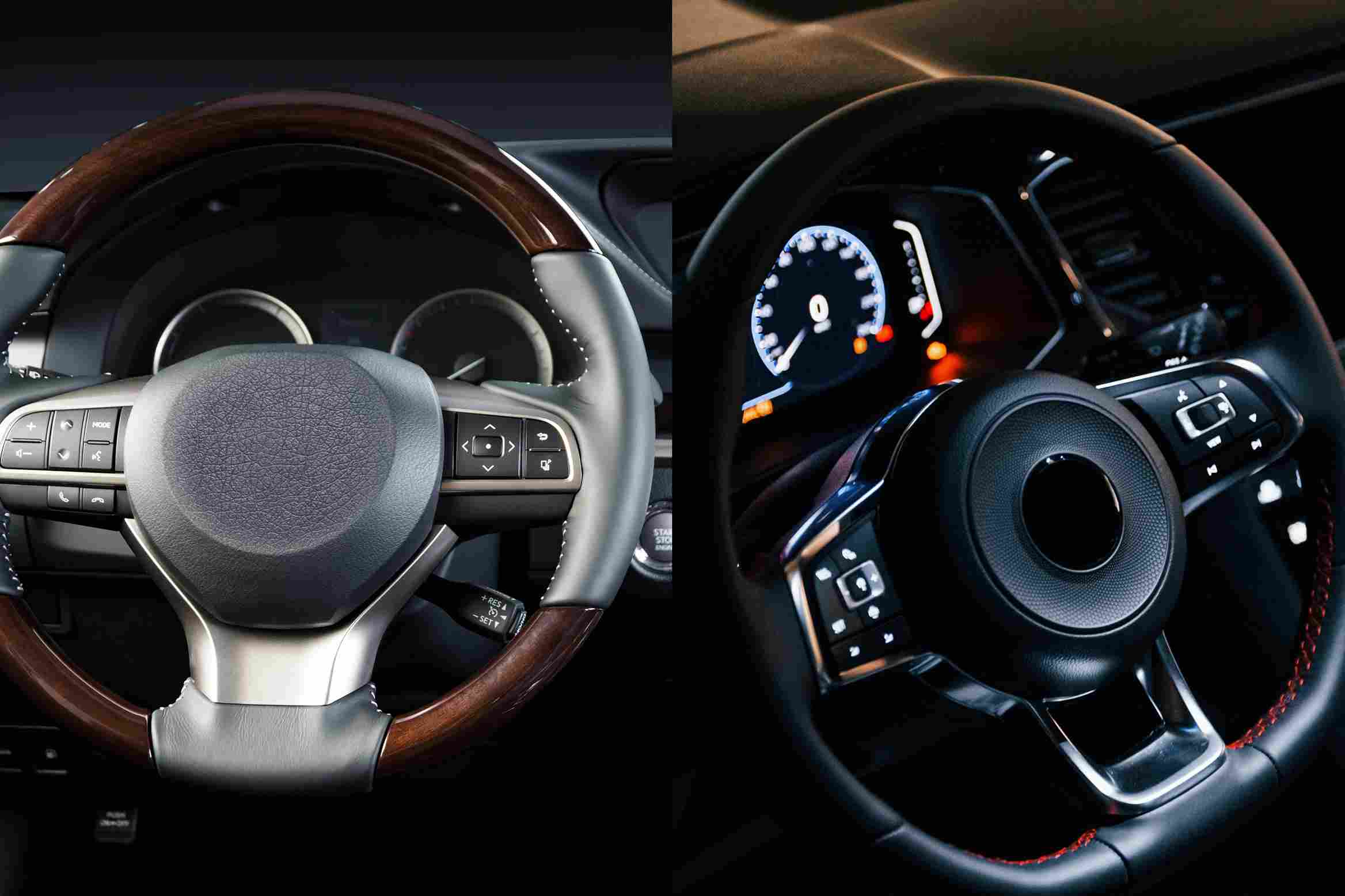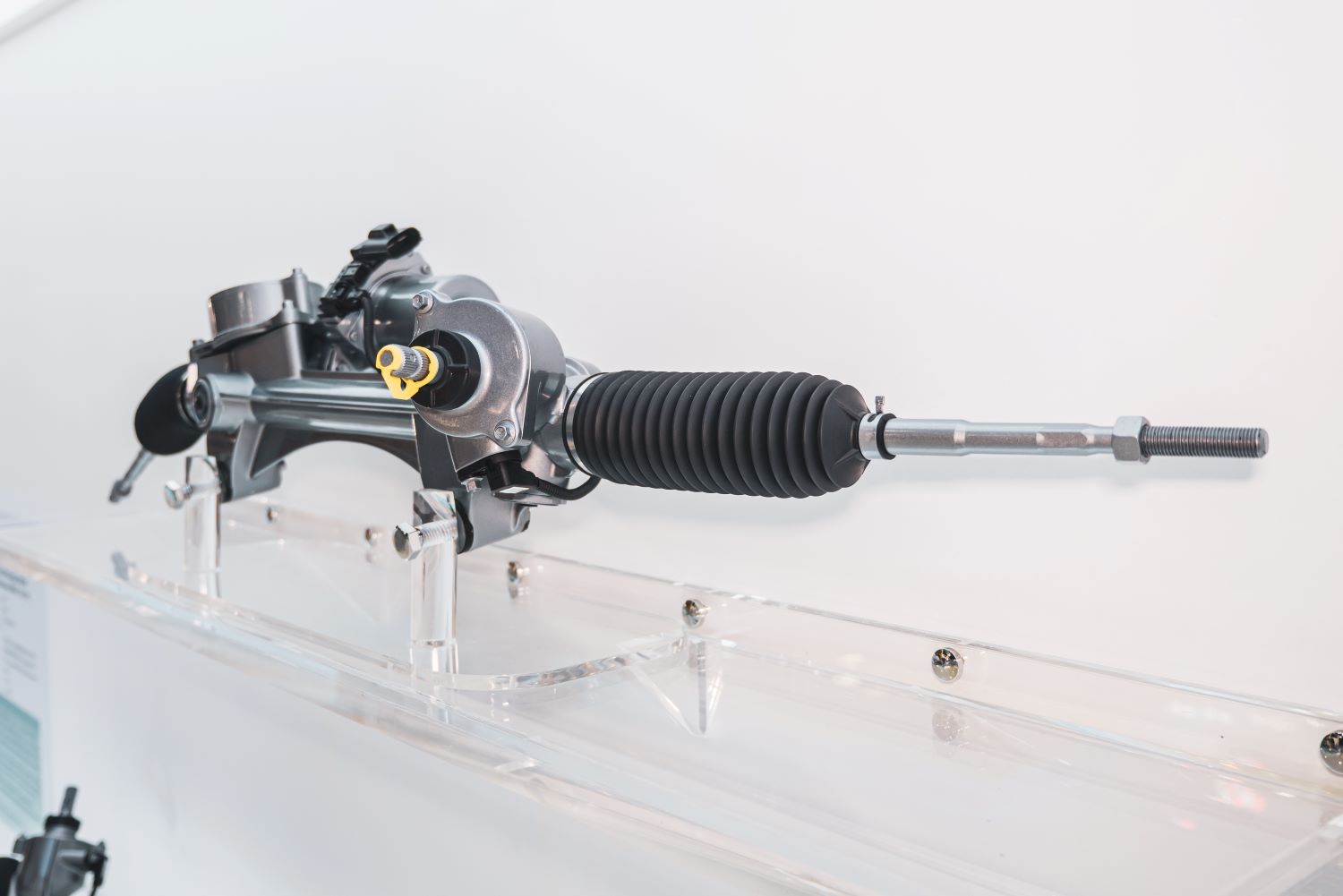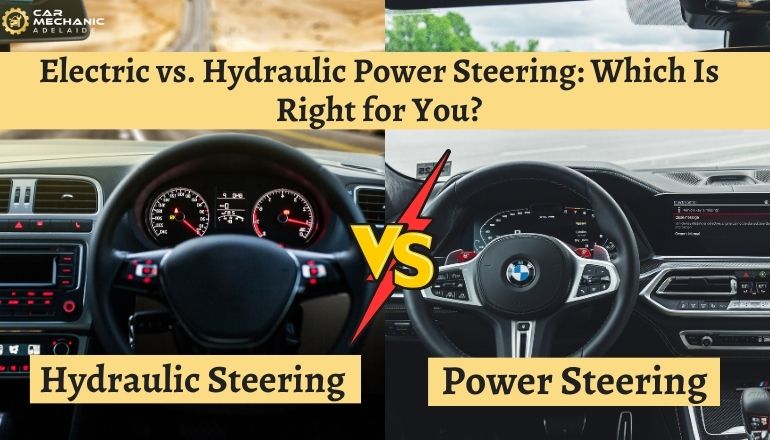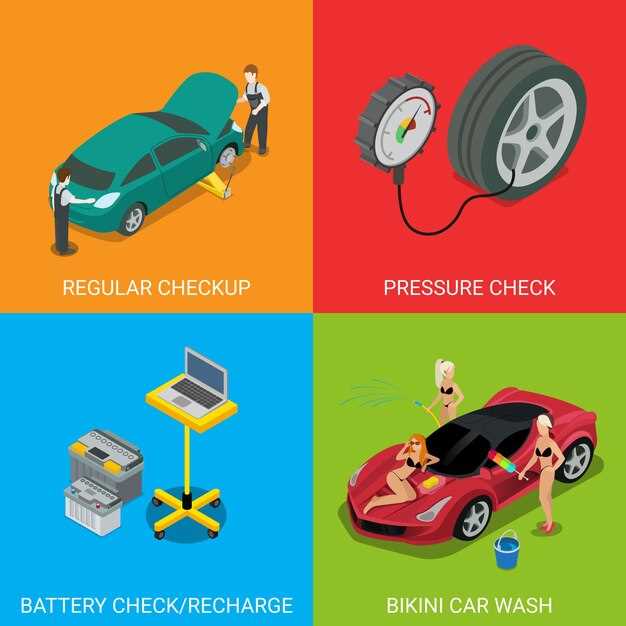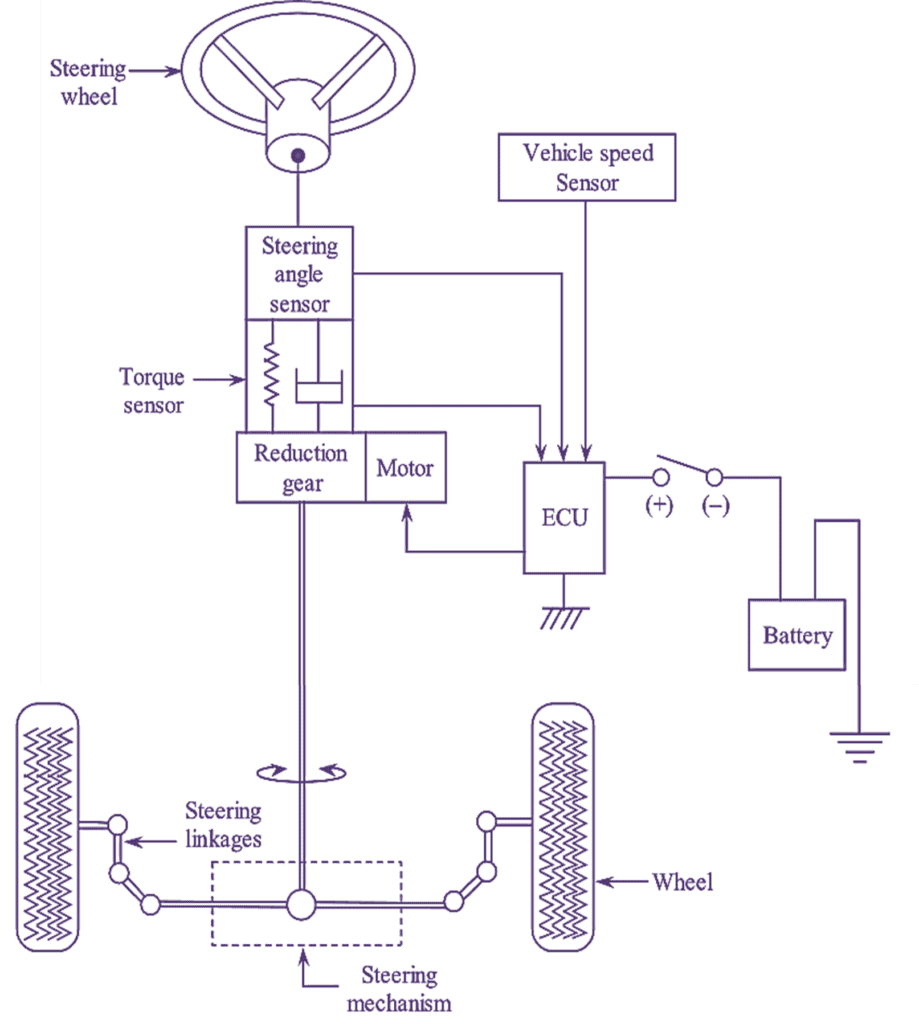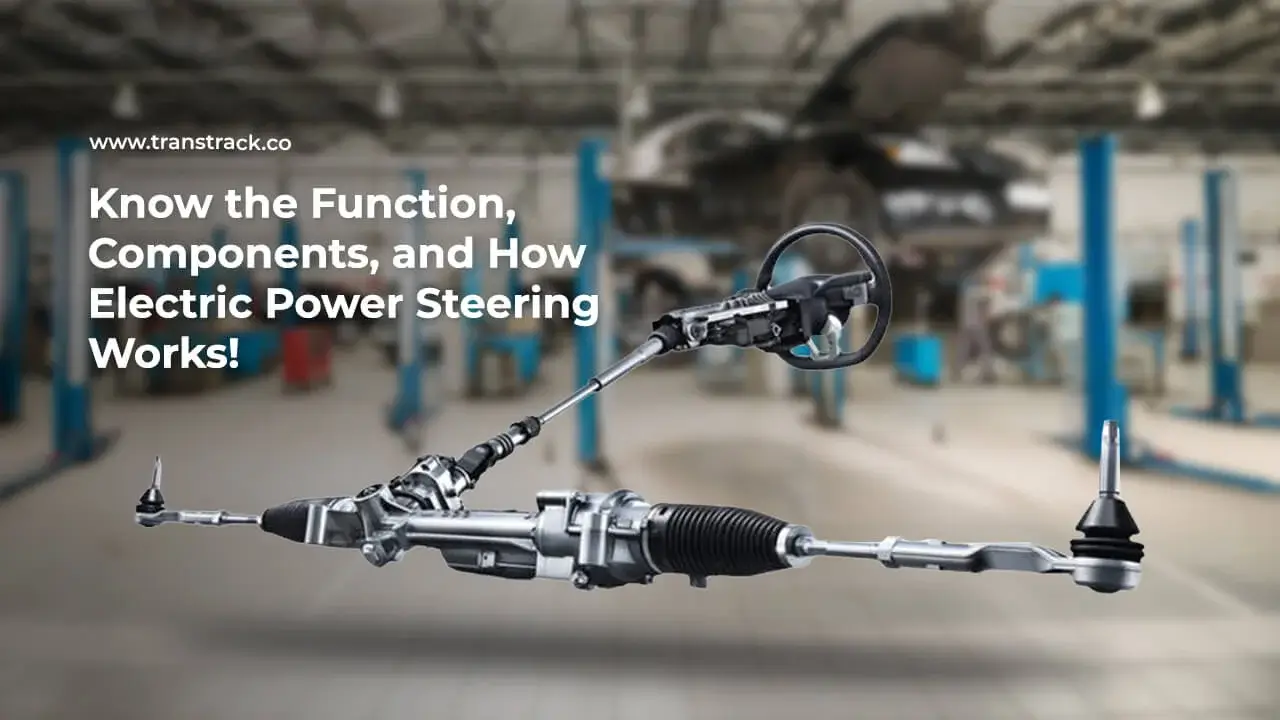Electric Power Steering Vs Power Steering
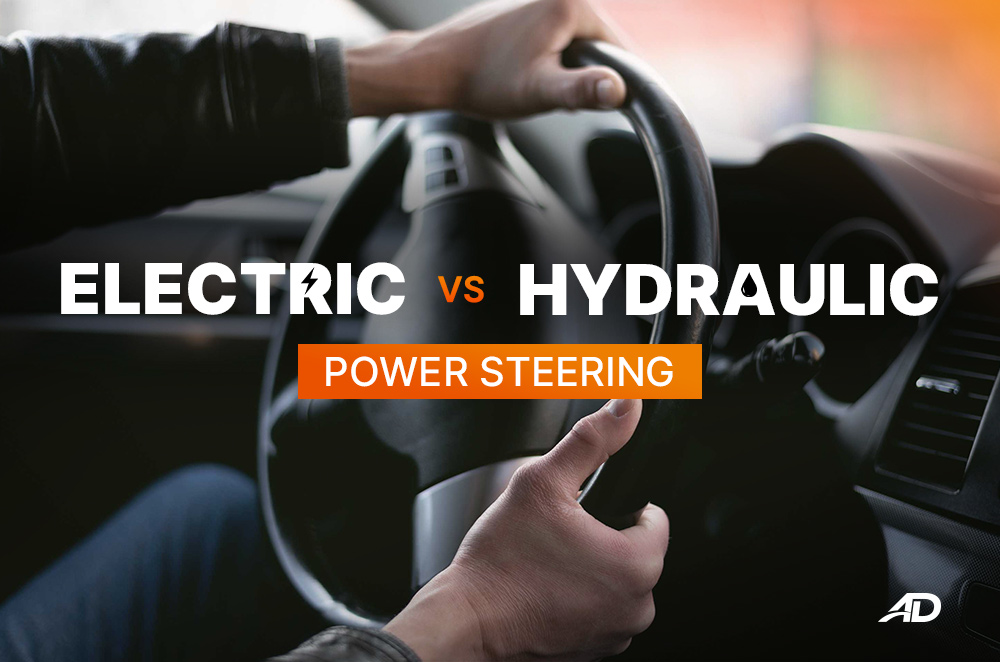
For decades, the effortless glide of power steering has been a cornerstone of modern driving. But beneath the surface of that smooth steering wheel, a quiet revolution has been brewing: the rise of Electric Power Steering (EPS). This technological shift isn't merely about changing a component; it's reshaping vehicle dynamics, fuel efficiency, and the very feel of the road.
The automotive industry stands at a crucial juncture, weighing the established reliability of hydraulic power steering against the potential of its electric counterpart. This article will dissect the key differences, advantages, and disadvantages of each system. It also offers a glimpse into the future of steering technology.
The Nut Graf: A Head-to-Head Comparison
This article delves into the critical distinctions between traditional hydraulic power steering and the increasingly prevalent electric power steering. We'll explore their mechanisms, performance characteristics, fuel efficiency impacts, and cost implications. Furthermore, this will provide a comprehensive understanding of the evolving landscape of steering technology.
Hydraulic Power Steering: The Legacy System
Hydraulic Power Steering (HPS) has been the dominant technology for decades. It utilizes a hydraulic pump, driven by the engine, to generate pressure that assists the driver in turning the wheels. This system offers a smooth and responsive feel, particularly at lower speeds.
However, the engine-driven pump constantly consumes power, even when the steering wheel isn't being turned. This parasitic loss translates into reduced fuel economy and increased emissions. The complexity of the system, with its hoses, fluid reservoirs, and pump, also contributes to higher maintenance costs over the vehicle's lifespan.
Advantages of Hydraulic Power Steering:
- Proven Reliability: Decades of refinement have resulted in a robust and dependable system.
- Smooth and Consistent Feel: Provides a consistent steering feel, particularly at lower speeds.
- High Assist Levels: Can provide significant steering assistance, beneficial for larger vehicles.
Disadvantages of Hydraulic Power Steering:
- Lower Fuel Efficiency: The engine-driven pump continuously consumes power.
- Environmental Impact: Hydraulic fluid leaks can pose an environmental hazard.
- Higher Maintenance Costs: The complex system requires regular maintenance and is prone to leaks.
Electric Power Steering: The Modern Alternative
Electric Power Steering (EPS) systems use an electric motor to provide steering assistance. Unlike HPS, EPS only draws power when the steering wheel is turned, eliminating the parasitic loss associated with engine-driven pumps. This contributes to improved fuel economy and reduced emissions.
EPS systems offer greater flexibility in tuning the steering feel. This allows manufacturers to tailor the steering characteristics to specific vehicle models and driving conditions. They can also integrate with advanced driver-assistance systems (ADAS), such as lane keeping assist and parking assist, providing automated steering inputs.
Advantages of Electric Power Steering:
- Improved Fuel Efficiency: Eliminates parasitic loss from the engine, improving fuel economy.
- Greater Customization: Allows for fine-tuning of steering feel and integration with ADAS.
- Reduced Maintenance: Fewer mechanical components translate into lower maintenance costs.
Disadvantages of Electric Power Steering:
- Less Natural Feel (in some implementations): Some drivers find the steering feel less communicative compared to HPS.
- Complexity of Electronics: Relies on complex electronic components, which can be susceptible to failure.
- Higher Initial Cost: EPS systems can have a higher initial cost compared to HPS.
Fuel Efficiency: A Key Differentiator
The difference in fuel efficiency is a significant factor driving the adoption of EPS. According to the Environmental Protection Agency (EPA), EPS can improve fuel economy by 2-6% compared to HPS.
This may seem modest, but it adds up significantly over the lifespan of a vehicle, especially in a world increasingly focused on reducing emissions and improving fuel economy. Manufacturers are under increasing pressure to meet stricter fuel economy standards, making EPS an attractive solution.
Steering Feel: Subjectivity vs. Technology
Steering feel is a subjective aspect that often divides opinions. Many driving enthusiasts prefer the more direct and connected feel of HPS, particularly at higher speeds.
However, modern EPS systems are rapidly closing the gap in terms of feel and feedback. Advanced algorithms and sophisticated electric motors allow manufacturers to simulate the feel of HPS. They can also provide variable assist levels based on speed and driving conditions. "The perception of EPS as numb or artificial is becoming less and less accurate as the technology matures," says John Doe, an automotive engineer at ABC Motors.
Integration with ADAS: The Future of Steering
One of the most compelling advantages of EPS is its seamless integration with ADAS. Features like lane keeping assist, adaptive cruise control, and automated parking rely on the ability to precisely control the steering wheel.
EPS provides the necessary electronic interface for these systems to function, enabling a safer and more convenient driving experience. As autonomous driving technology continues to develop, EPS will become an even more critical component.
Cost Considerations: Initial vs. Long-Term
While EPS systems may have a higher initial cost, they can offer long-term savings. The reduced maintenance requirements and improved fuel economy can offset the initial investment over the vehicle's lifespan.
Furthermore, as EPS technology becomes more widespread, the cost is expected to decrease. This will make it even more competitive with HPS in the future.
Conclusion: The Road Ahead
The transition from hydraulic to electric power steering is well underway, driven by the demand for improved fuel efficiency, reduced emissions, and integration with advanced driver-assistance systems. While HPS still holds a place in certain applications, EPS is rapidly becoming the dominant steering technology.
As EPS technology continues to evolve, we can expect further improvements in steering feel, responsiveness, and integration with autonomous driving systems. The future of steering is undoubtedly electric, promising a more efficient, safer, and more connected driving experience.



